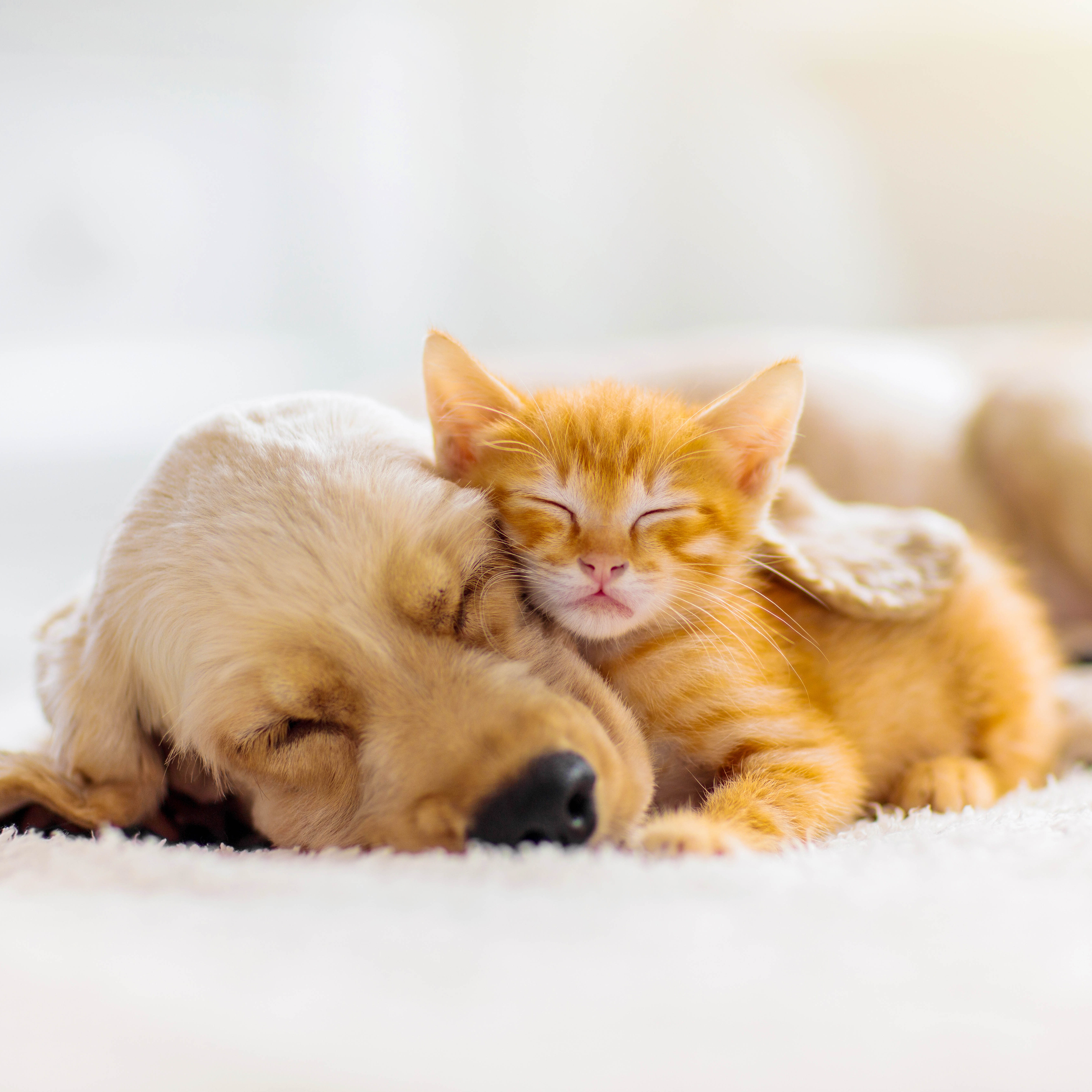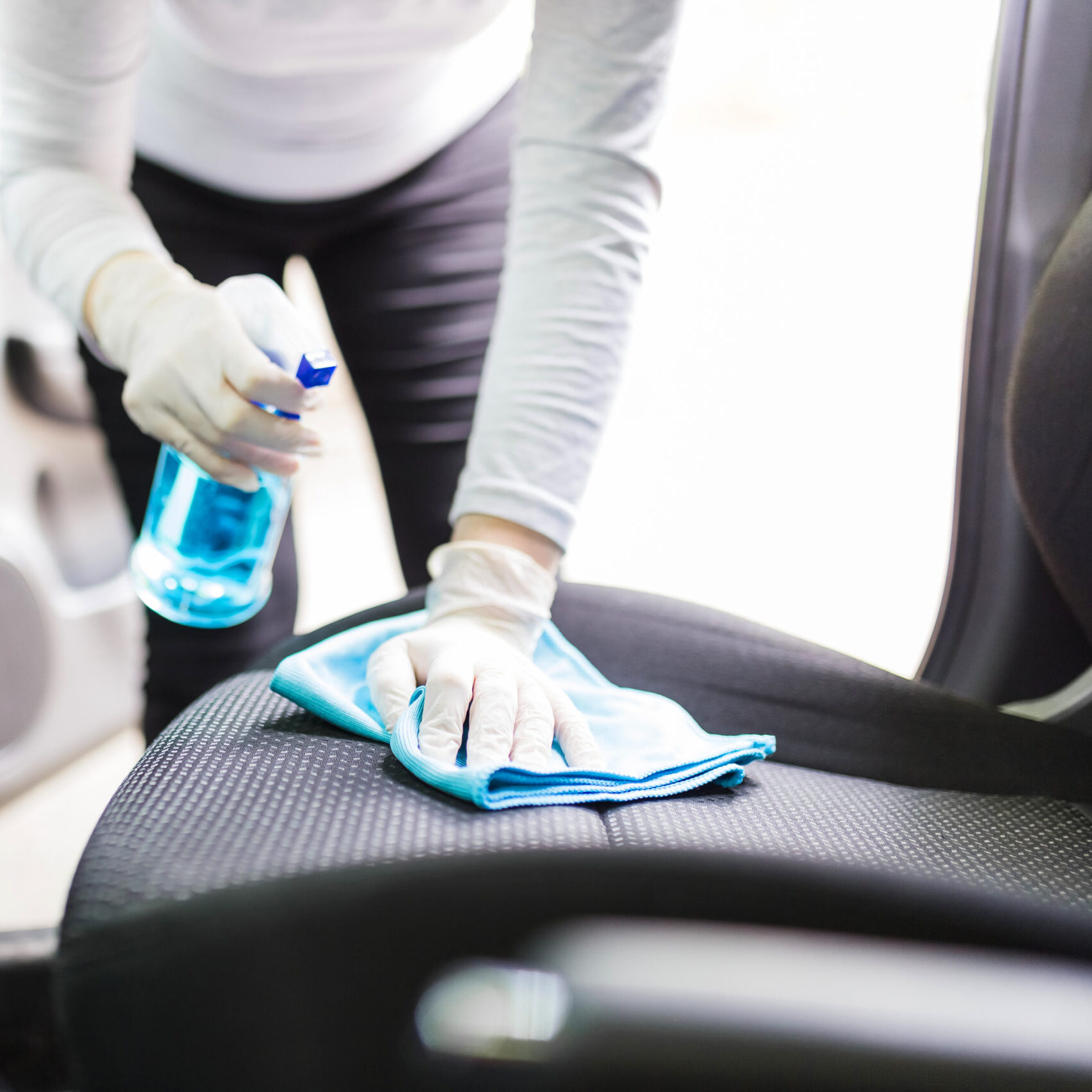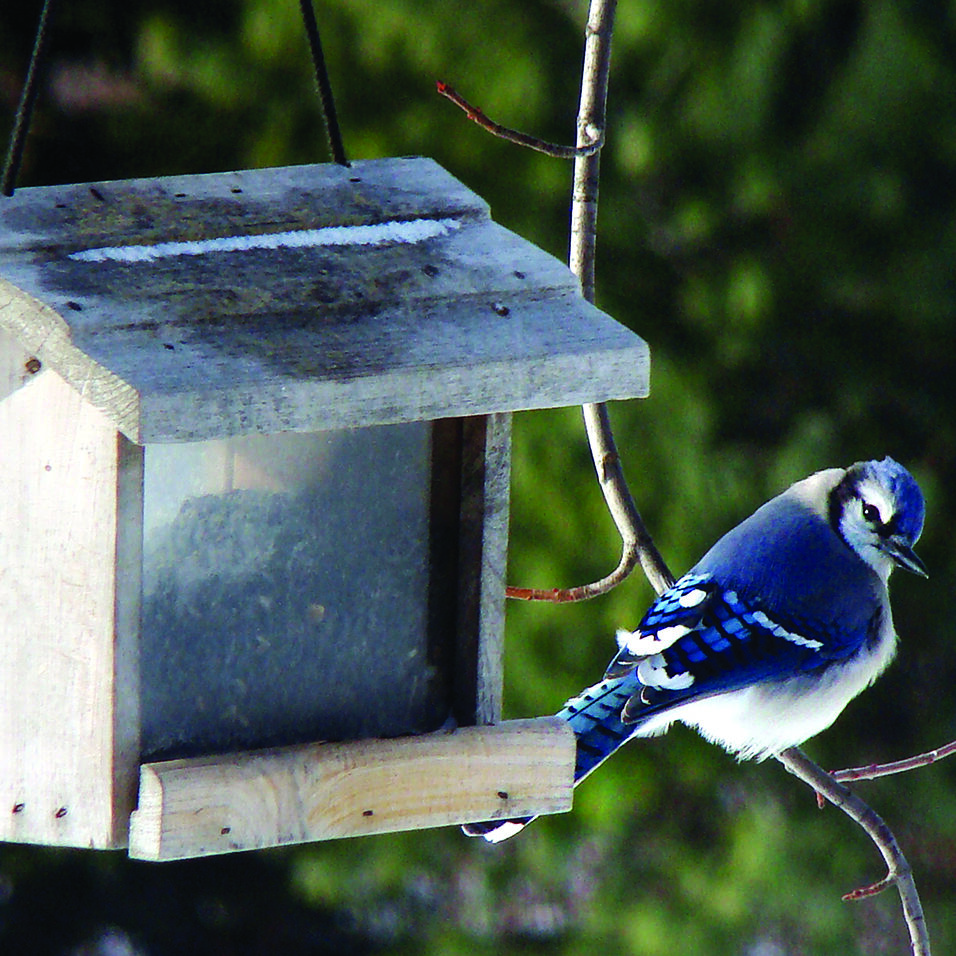Newly adopted pets waste little time becoming beloved members of a household. But much like young children, pets are a significant responsibility, and they rely on their human caretakers to ensure their safety.
Pets are susceptible to illness and injury just like their human companions. The Pet Poison Hotline reported a 51 percent increase in the volume of calls between 2020 and 2021. Banfield Pet Hospitals also saw about half a million more pet visits in 2020 than in 2019. Furthermore, Dogster reports that 47 percent of pet owners had to deal with a serious medical issue or took their pets to emergency care in 2021.
Keeping cherished pets safe in and around a home is no small task. But with some diligence, it is possible to ensure health and happiness for companion animals. Follow these tips, courtesy of the Florida Fish and Wildlife Conservation Commission, Old Farm Veterinary Hospital and Security.org.
· Consider an indoor and outdoor security camera system. Having eyes on pets while you’re away from home enables a quick response should something happen.
· Avoid leaving pet food outdoors overnight. Dog and cat foods can attract other animals, such as bears, raccoons, foxes, and opossums, depending on where you live. Wild animals grow accustomed to receiving easy meals and this could decrease their trepidation about being around a home or yard. Run-ins between your pets and wild animals should be avoided at all costs.
· Skip the retractable leash. Walking a pet on a non-retractable leash allows better control of the pet in the event of an encounter with a person or another animal.
· Be cautious with chemicals. Carefully consider any chemicals you use in your yard, including pesticides and weed killers, as well as any cleaning products used indoors. Pets can ingest or inhale these products and get sick.
· Pick up potential choking hazards. String, small pieces of toys, rawhide bone fragments, and other items can be choking hazards to pets. Be diligent about removing these items from the floor so that pets will not swallow them.
· Tap on your car hood. Families who allow their cats outdoor access should thump on the car hood when it is cold outside, as sometimes cats take shelter near a warm engine block. Cats can become injured if you start the car while they are under the hood.
· Stay up-to-date on vaccinations. Whether pets never step outdoors or have free rein, always vaccinate companion animals against common parasites and other pests.
· Microchip your pets. Microchips not only protect pets should they get lost, but they also can help track down animals that may have been stolen. Remember to keep microchip data current to ensure a swift recovery.
· Keep foods and medicines out of reach. Many human foods can be toxic to pets, as can medications that are kept in a home. Pets can be curious and easy access to these items may make them quite ill.
Pets need their owners to take key steps to safeguard their well-being.













